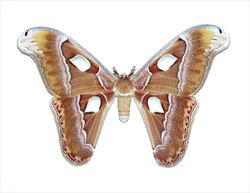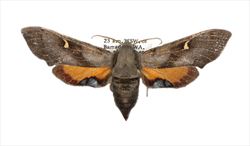Common IFB (1990) In Moths of Australia, Melbourne University Press, Carlton, Victoria.
Holloway JD (2011) The Moths of Borneo, Part 2. Phaudidae, Himantopteridae, Zygaenidae complete checklist. The Malayan Nature Journal, 63(1-2):1-548
Kristensen NP (ed) (1999) Lepidoptera, Moths and Butterflies: Evolution, Systematics and Biogeography (vol. 1). Handbook of Zoology, Walter de Gruyter, Berlin.
Northern Australia Quarantine Strategy (2015) Entomology Internal Target List. Australian Government Department of Agriculture.
Operational Science Program (2015) Entomology Internal Target List. Australian Government Department of Agriculture.
Plant Health Australia (2012) Combined High Priority Pest List from Industry Biosecurity Plans. In National Plant Biosecurity Status Report, last accessed June 2015. http://www.planthealthaustralia.com.au/biosecurity/emergency-plant-pests/pest-categorisation/categorised-pests/
van Nieukerken EJ, Kaila L, Kitching IJ, Kristensen NP, Lees DC, et al. (2011) Order Lepidoptera Linnaeus, 1758. In Zhang, Z.-Q. (Ed.) Animal Biodiversity: An outline of higher level classification and survey of taxonomic richness. Order Lepidoptera Linnaeus, 1758. Zootaxa. 3148: 212–221.



